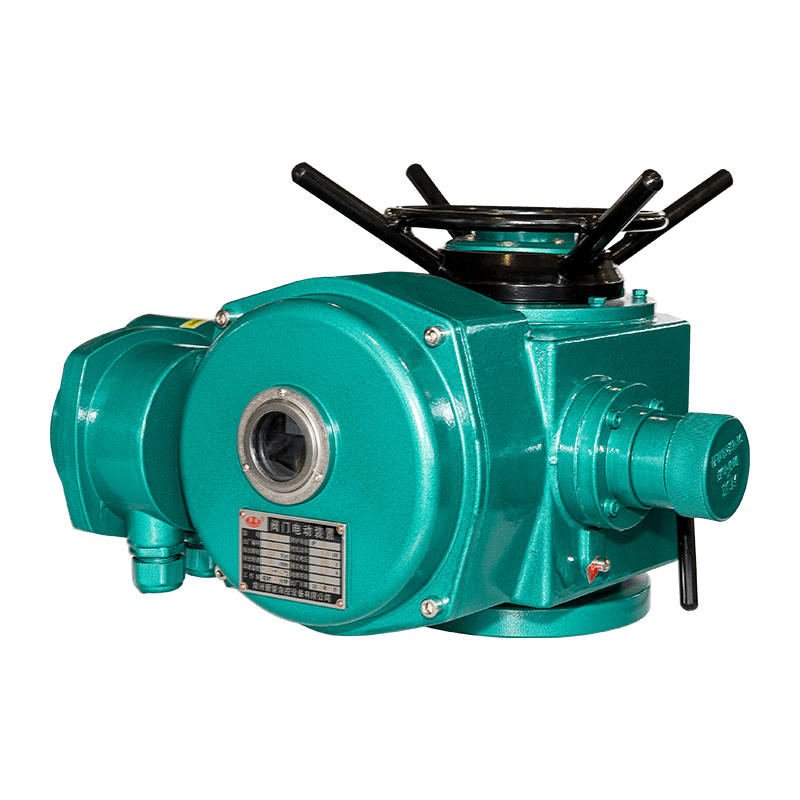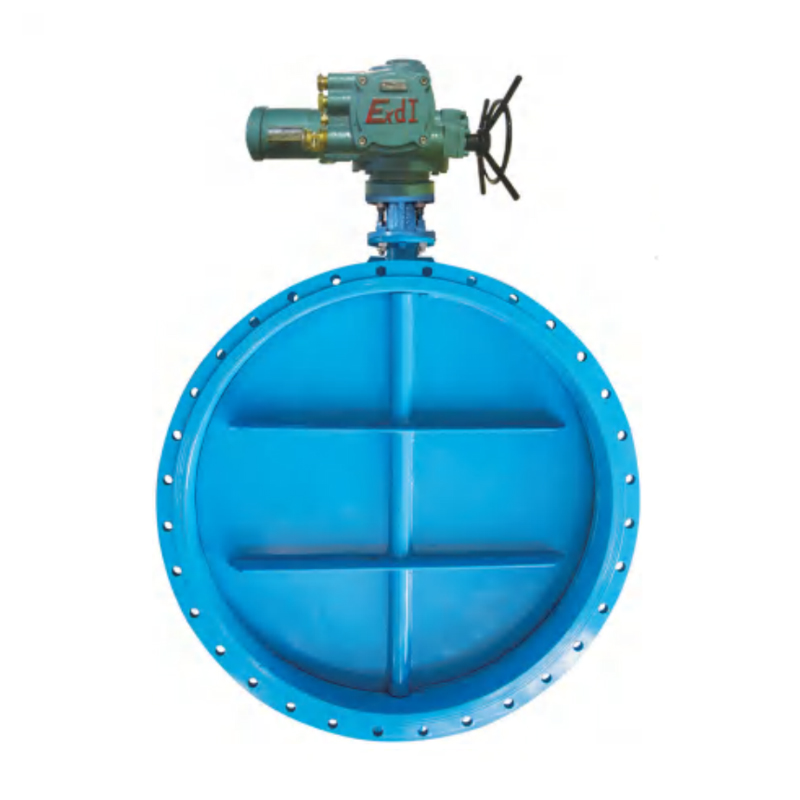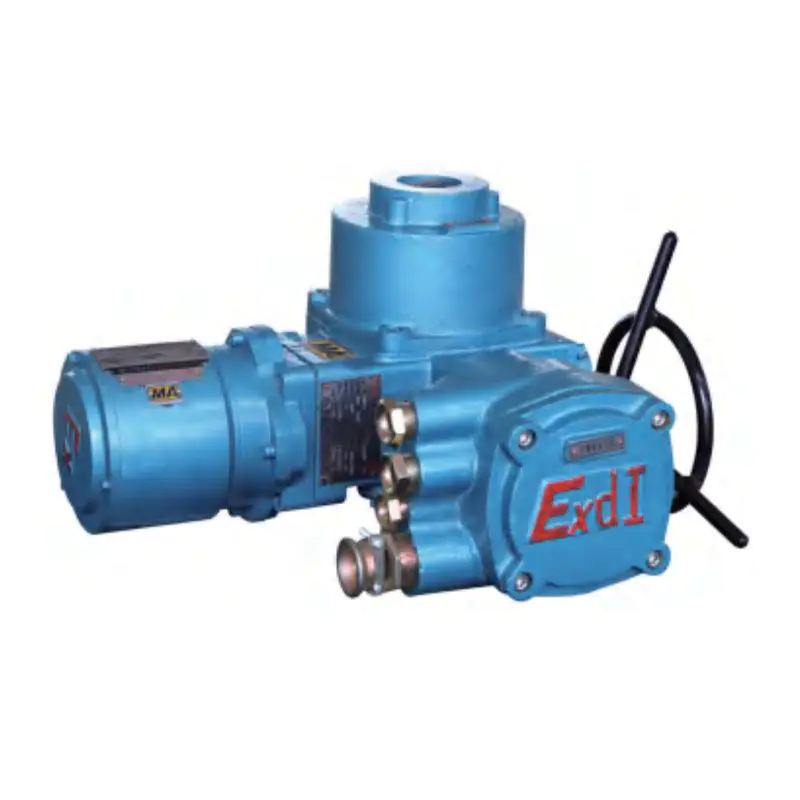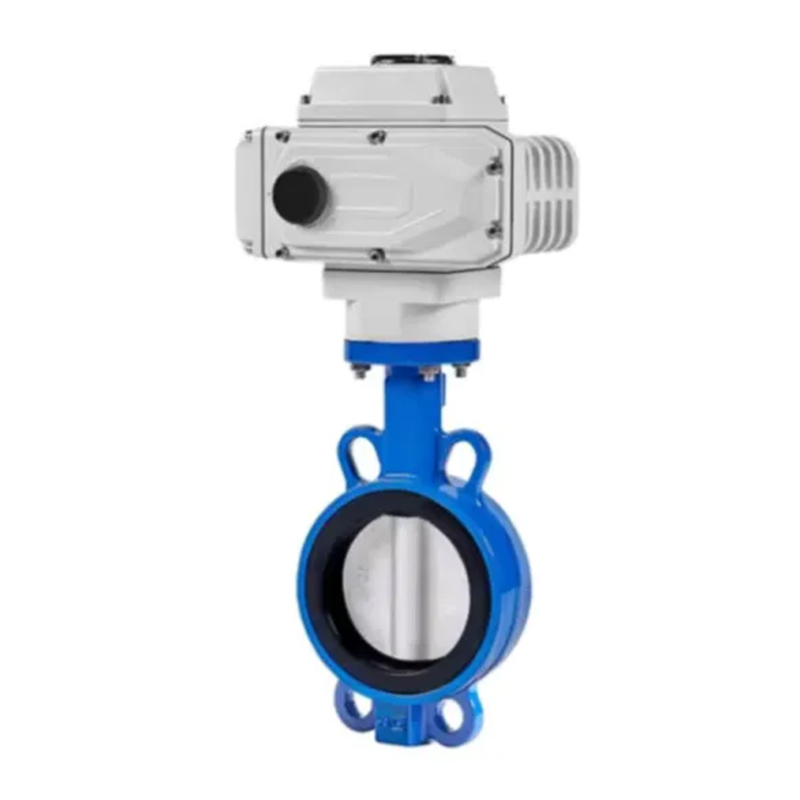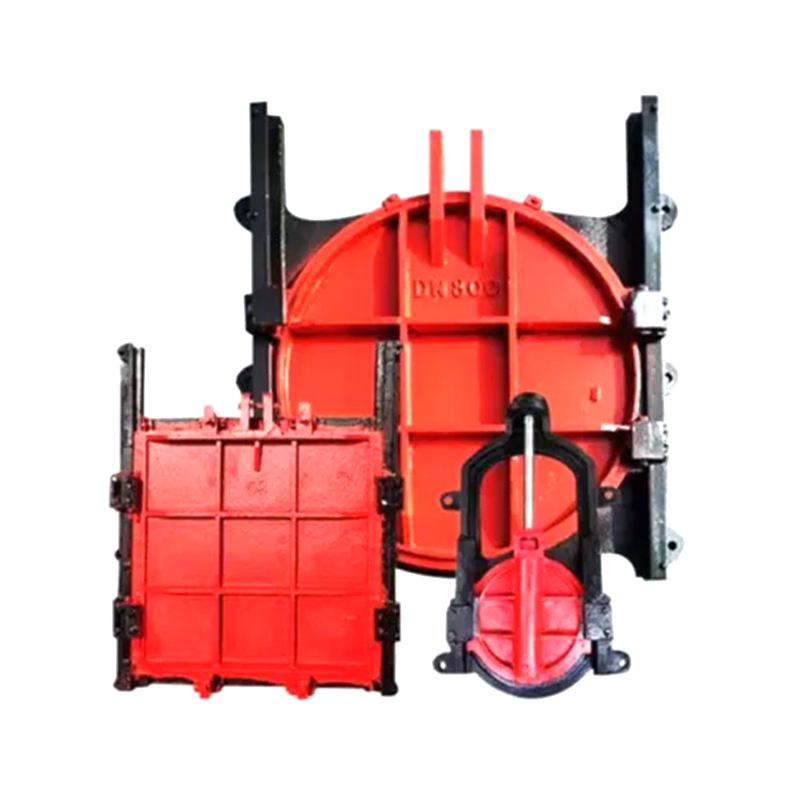0086 15335008985
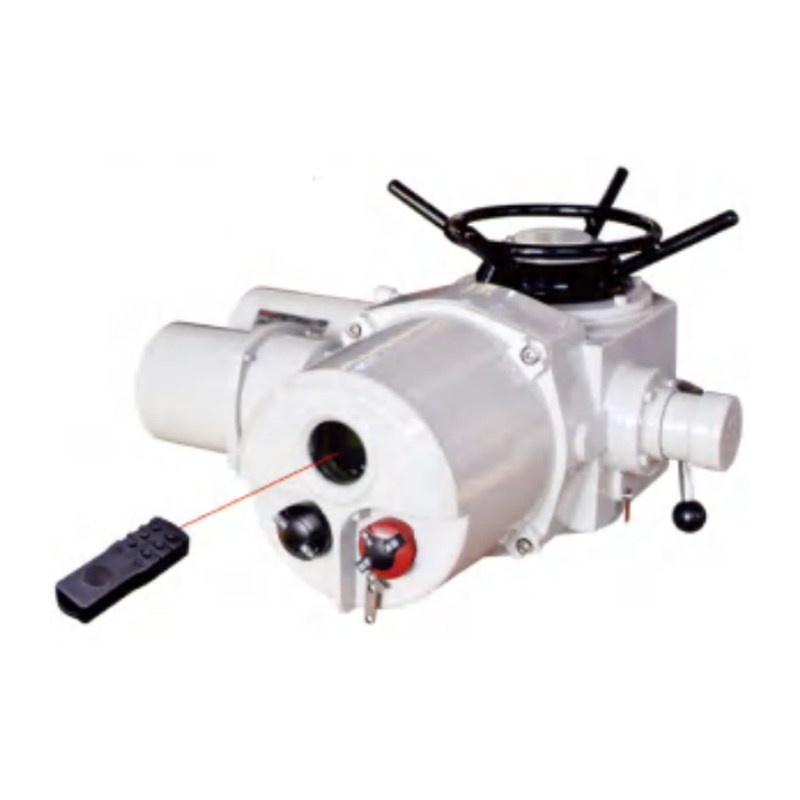
What advantages does CND-Z multi turn intelligent electric device offer over traditional mechanical actuators?
Industrial facilities continue to move toward automation, digital monitoring, and precise equipment control. As part of this shift, the CND-Z multi turn intelligent electric device has become a preferred solution for applications requiring reliable multi-turn movement, stable torque output, and remote operational management. Compared with traditional mechanical actuators, it provides a more advanced combination of intelligent monitoring, operational stability, and adaptability to modern industrial requirements.
Enhanced Operational Accuracy and Control Precision
One of the most recognized benefits of the CND-Z multi turn intelligent electric device is its ability to provide highly accurate multi-turn positioning. Traditional mechanical actuators often rely on manual adjustments, mechanical limit structures, or less precise feedback components. These methods can introduce variations in positioning accuracy, especially during long-term use. In contrast, the intelligent device adopts an integrated control system that supports stable multi-turn movement and helps achieve consistent operational results.
Precise control is especially important in industrial environments where valves, gates, or other multi-turn mechanisms must maintain specific opening or closing degrees. The device’s built-in sensing and monitoring elements help ensure that each movement corresponds accurately to the control command. Stable positioning accuracy allows operators to achieve more reliable process control, reducing errors and improving repeatability. This is particularly valuable in industries where precise regulation of flow, pressure, or mechanical displacement is required.
Another advantage is the device’s ability to maintain accuracy during repeated cycles. Traditional systems can experience degradation due to mechanical wear, while the CND-Z multi turn intelligent electric device utilizes electronic feedback and intelligent control logic to compensate for operational changes. This ensures reliable output even in long-term continuous duty applications.
Improved Reliability and Reduced Mechanical Wear
Traditional mechanical actuators rely heavily on interconnected gears, mechanical linkages, and manually adjusted components. While functional, these systems typically require frequent inspections and are prone to wear-induced performance changes. In contrast, the CND-Z multi turn intelligent electric device incorporates a design that prioritizes reliability and reduces direct mechanical stress.
One key factor is minimized wear caused by standardized torque distribution. Because intelligent devices manage torque electronically, they avoid the shock loads and abrupt force changes associated with mechanical designs. This leads to a reduced rate of component degradation over time.
Another benefit relates to operational consistency. Traditional mechanical actuators may produce variable results as lubrication decreases or as components accumulate wear. The CND-Z multi turn intelligent electric device maintains stable internal performance through integrated control, allowing it to operate effectively even under demanding duty cycles. This reliability can contribute to prolonged service life and reduced downtime.
Facilities that operate under continuous or high-frequency usage conditions particularly benefit from this stability. The consistent operation helps support predictable maintenance cycles, allowing teams to plan service tasks more efficiently.
Intelligent Monitoring and Real-Time Feedback Capabilities
One of the clearest differences between the CND-Z multi turn intelligent electric device and traditional mechanical actuators is the presence of intelligent monitoring systems. Mechanical actuators generally lack the ability to collect operational data or provide feedback to centralized control systems. Modern industries, however, increasingly rely on data-driven methods to maintain stability and ensure consistent equipment performance.
The intelligent electric device integrates monitoring components that detect parameters such as torque behavior, operational cycles, and positional status. This information can be transmitted to supervisory systems and used to assess performance or detect irregularities. Real-time feedback assists operators in identifying potential issues early and preventing unplanned shutdowns.
The availability of operational data also enhances maintenance planning. Instead of relying solely on manual inspection, maintenance teams can evaluate the equipment’s condition through electronic monitoring. This often leads to more accurate scheduling of service tasks and improved overall asset management. The result is a more effective and structured maintenance approach, which supports long-term operational stability.
Higher Safety through Built-In Protection Functions
Another significant advantage of the CND-Z multi turn intelligent electric device is its built-in safety protection. Mechanical actuators typically do not incorporate integrated protection logic, requiring additional external components or operator intervention during abnormal conditions. In contrast, intelligent electric devices are designed with safety logic and automatic detection systems that enhance operational security.
These safety features may include automatic shutdown in response to unusual load conditions, protective responses to torque irregularities, or operational limits applied to prevent damage caused by over-travel. These protection features reduce the risk of equipment failures and help maintain safe operation in environments where device stability is essential.
By providing structured safety features, the intelligent electric device reduces the risk of operational errors and helps maintain compliance with relevant safety expectations. This contributes to safer working conditions and supports overall system reliability.
Efficient Integration with Automation and Control Systems
Modern industrial environments often require equipment to interact with supervisory systems, remote control interfaces, and distributed automation networks. The CND-Z multi turn intelligent electric device is designed with integration in mind, enabling seamless communication with commonly used control architectures.
Traditional mechanical actuators have limited communication capabilities and often require additional hardware for integration. The intelligent electric device streamlines this process by providing built-in compatibility designed for centralized monitoring and coordinated operational control.
Integration becomes especially important in facilities where remote monitoring, predictive maintenance, or continuous operational recording is required. The device’s ability to provide structured data to control systems allows operators to observe trends, evaluate performance, and adjust operations effectively.
This level of integration also supports broader automation strategies, including process optimization and system-wide coordination. The ease of integration contributes to smoother operation and simplifies the deployment of advanced control methods.
Energy Efficiency and Reduced Operational Consumption
Energy management has become a priority in many industrial installations, particularly in large-scale facilities where equipment runs continuously. Traditional mechanical actuators may require more input power due to friction, inefficiencies, or manual adjustment mechanisms. In contrast, the CND-Z multi turn intelligent electric device typically operates with more stable and efficient energy usage.
The design of intelligent electric actuators generally allows them to convert electrical energy into mechanical output more efficiently. By managing torque electronically and minimizing unnecessary load transitions, they help reduce consumption during operation.
Another advantage relates to optimized duty cycles. Intelligent control logic can reduce the time the device spends in transitional states, further decreasing energy use. These incremental efficiencies can contribute to cost savings over the device’s lifetime, especially in systems requiring frequent multi-turn cycling.
Convenient Installation and Simplified Configuration
Installation complexity can significantly influence equipment selection during procurement stages. Traditional mechanical actuators often require detailed alignment, manual adjustments, or multiple accessory components. The CND-Z multi turn intelligent electric device helps simplify this process with a more integrated structure and clearer configuration procedures.
Because many of the internal functions are electronically controlled, the device eliminates the need for extensive manual calibration. Configuration settings can be adjusted through the control interface, allowing technicians to set operational parameters more easily.
In many cases, installation time constitutes a significant part of equipment deployment costs. The intelligent device’s streamlined design helps reduce installation-related labor requirements. For facilities with multiple units, the cumulative reduction in installation time can be substantial.
The simplified configuration also benefits post-installation adjustments. If process changes occur or if operational requirements shift, the device can be reconfigured through its internal interface. This flexibility is especially useful in facilities with varying load profiles or operational cycles.
Reduced Lifecycle Cost and Predictable Maintenance Requirements
One of the most practical considerations for buyers is the total cost of ownership. While the upfront cost of intelligent devices may differ from mechanical systems, the CND-Z multi turn intelligent electric device typically offers advantages in long-term economic value. These benefits arise from reduced maintenance demand, lower energy consumption, and predictable performance characteristics.
Traditional mechanical actuators may require frequent component replacements due to wear, adjustment procedures to maintain accuracy, or manual inspections to prevent performance decline. The intelligent device helps mitigate these factors through consistent electronic control, integrated protective functions, and reduced mechanical stress.
Predictable maintenance cycles are an important advantage for industrial planners. When equipment performance is stable and operational parameters are monitored electronically, maintenance can be scheduled strategically rather than reactively. This helps reduce the risk of unexpected downtime and contributes to more efficient resource distribution.
The table below summarizes key lifecycle cost factors:
| Lifecycle Factor | CND-Z multi turn intelligent electric device | Traditional Mechanical Actuator |
|---|---|---|
| Maintenance frequency | Lower and predictable | Higher and variable |
| Energy consumption | Generally more efficient | Often higher |
| Wear-related issues | Reduced due to intelligent control | More common |
| Integration cost | Lower due to built-in functions | Higher due to additional components |
The table illustrates the general operational differences without the need for technical calculations or specific product comparisons.
Adaptability to Modern Industrial Application Requirements
Many industries are transitioning toward digitalized operational frameworks. The CND-Z multi turn intelligent electric device is structured to support this evolution by providing features that align with modern expectations for equipment behavior, monitoring, and flexibility.
Traditional mechanical actuators may not fully meet the requirements of facilities seeking to implement automation, centralized control, or advanced data-driven monitoring. Intelligent devices support these functions through structured feedback, standardized control interfaces, and integrated operational logic.
The device is also adaptable to a range of application scenarios. This includes installations where environmental factors must be considered, such as variable temperatures or exposure to external moisture. The intelligent design helps maintain operational consistency under such conditions.
As industries increasingly adopt intelligent control systems, devices with integrated logic become essential for maintaining compatibility and supporting future upgrades. The adaptability of the intelligent electric device ensures that it aligns with ongoing trends in industrial modernization.
Compliance with Operational Standards and Stability Expectations
Operational standardization plays an important role in industrial equipment selection. Facilities must ensure that devices meet expected requirements for safety, reliability, and performance. The CND-Z multi turn intelligent electric device is typically developed with these considerations in mind, helping it satisfy common expectations for industrial equipment.
Traditional mechanical actuators rely heavily on manual operation and may require additional components to meet the same level of operational consistency. Intelligent devices simplify this process by incorporating standardized operational logic directly into their design.
Stability expectations also influence equipment selection. Industrial systems require devices that can maintain consistent performance across extended periods. Through structured electronic control and reduced mechanical stress, the intelligent device supports stable performance that aligns with these expectations.
Compliance and stability together contribute to an operational environment where equipment behaves predictably. This predictability is valuable in many industries because it helps reduce operational risks.
Improved User Experience and Operational Transparency
Operational transparency is increasingly valued in industrial systems, especially when devices play a central role in process regulation. The CND-Z multi turn intelligent electric device enhances transparency through its integrated data output and monitoring functions.
Operators can observe status information, adjust settings through control interfaces, and track operational cycles. This ability to access detailed status information helps create a more informed operational environment, contributing to improved decision-making and more effective equipment handling.
Traditional mechanical actuators do not offer the same level of informational access. Without monitoring data, operators must rely on manual inspection or indirect indicators of performance. By contrast, the intelligent device offers a more structured and predictable experience.
Operational transparency is also beneficial during maintenance planning. When technicians have access to clear operational records, they can more accurately assess the device’s condition. This reduces uncertainty during inspection and helps support efficient maintenance planning.
Suitability for Remote and Automated Operational Environments
Many industries are expanding the use of remote-controlled operations. This is particularly relevant in large-scale facilities or areas where on-site adjustment is difficult. The CND-Z multi turn intelligent electric device is suitable for such environments because its internal control system supports remote operation and monitoring.
Traditional mechanical actuators typically require manual handling or must be paired with external systems to enable remote control. Intelligent devices eliminate the need for such additions, simplifying remote operation strategies.
The ability to control the device remotely also supports advanced operational frameworks, such as centralized control centers or integrated monitoring rooms. This allows a single operator to manage multiple devices across a wide facility.
Remote suitability becomes especially valuable in environments where safety concerns, accessibility challenges, or operational complexity require unified control strategies. It ensures that adjustments can be made quickly with minimal physical intervention.
Consistency in High-Frequency or Heavy-Duty Applications
The CND-Z multi turn intelligent electric device is designed to maintain stable performance under high-frequency or heavy-duty operational cycles. Traditional mechanical actuators may experience performance drops under continuous usage due to wear, temperature changes, or mechanical stress accumulation.
Intelligent control systems help maintain consistency by regulating torque, preventing overload conditions, and ensuring that movements remain precise even during extended operational cycles. This makes the device suitable for installations where continuous operation is standard practice.
In heavy-duty environments, equipment resilience plays a critical role. The intelligent device’s controlled torque output and built-in protective logic help maintain performance without compromising internal components. This contributes to an extended equipment life and more predictable operational behavior.
Conclusion
The advantages offered by the CND-Z multi turn intelligent electric device highlight its role in modern industrial automation. Its integration of intelligent control, operational consistency, safety logic, reduced mechanical stress, and adaptability to contemporary industrial requirements distinguishes it from traditional mechanical actuators. These characteristics contribute to improved operational precision, reduced maintenance needs, enhanced safety, and more efficient system integration.
As industries continue moving toward data-driven operations and automated process control, intelligent electric devices play an increasingly important role. By offering a combination of performance stability and operational convenience, the CND-Z multi turn intelligent electric device provides a reliable solution that aligns with long-term industrial development trends and practical equipment management needs.




 русский
русский Español
Español
